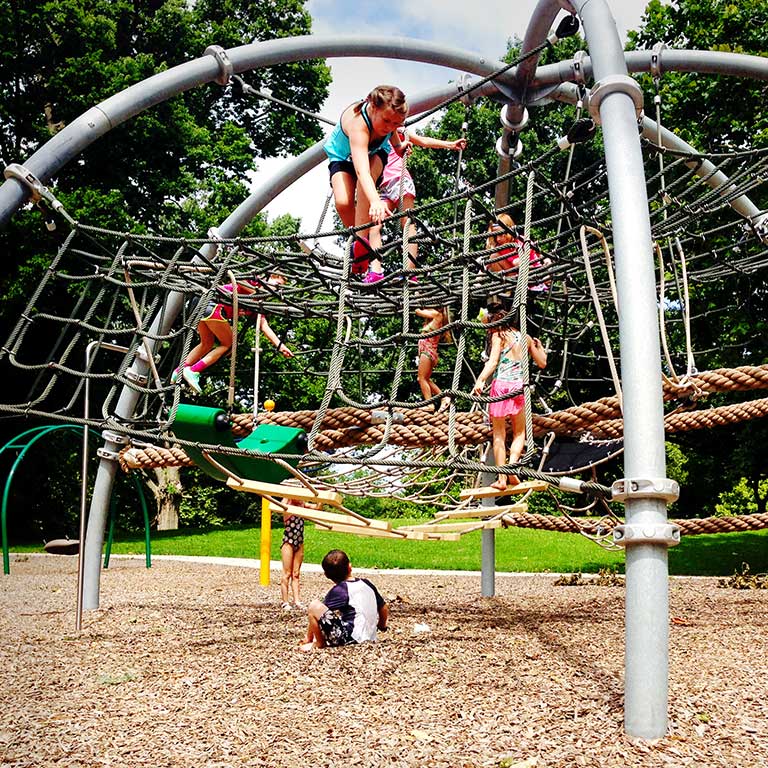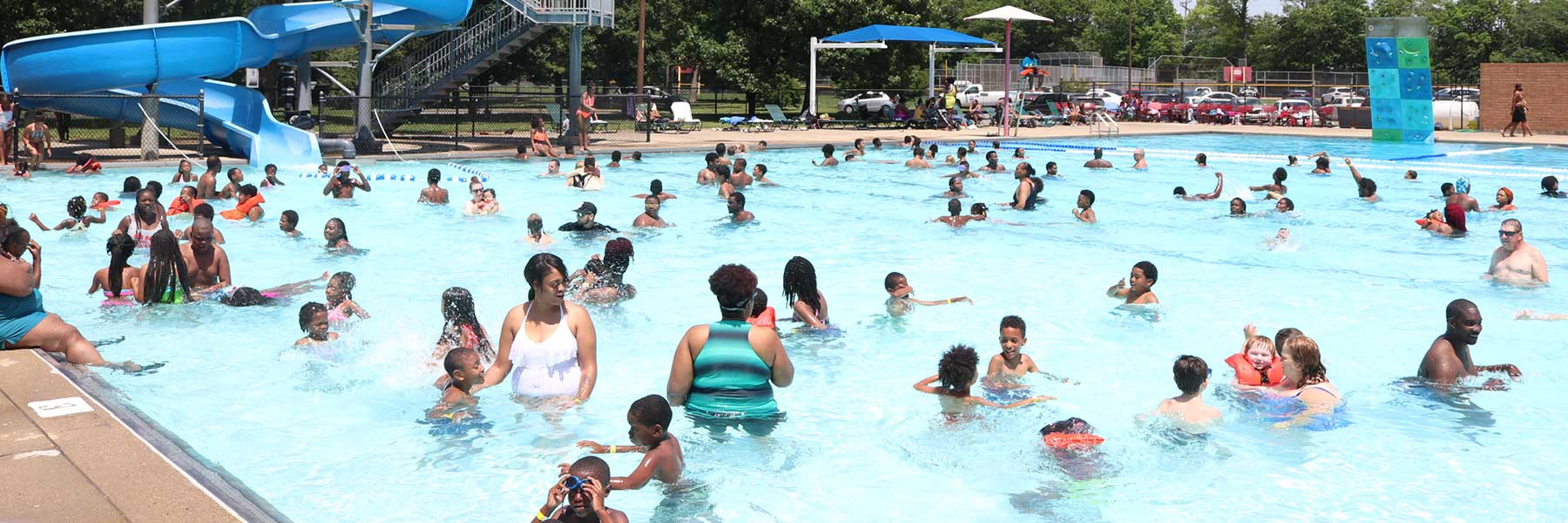As a department of the city of Indianapolis, Indy Parks and Recreation provides and manages various parks, green spaces, trails, and recreation activities in Marion County, Indiana. Across its system, Indy Parks offers 212 parks with a combined 11,258 acres of green space, and more than 3,000 annual sports, art, education, and recreation programs.
Despite Indy Parks’ numerous natural and recreational offerings, less is known about the economic impact of these amenities on the community. As a result, Indy Parks partnered with the IU Public Policy Institute to understand the economic impact and community benefits of the park system on the local economy.

Indy Parks economic impact by the numbers
$11 millionValue of residents’ time spent in park programming
$28 millionImpact of Indy Parks’ spending on employee wages and benefits
$62 millionImpact of Indy Parks’ spending on the local economy
$4 millionAdded value of selected Indy Parks’ amenities
Key findings
- Properties within 250 feet of an Indy Parks location are valued more than $14,000 higher than the Marion County average.
- Indy Parks and Recreation system had an estimated economic impact of $107 million in 2019.
- Every dollar spent on Indy Parks generates an estimated $3.13 in the local economy.
Conclusion
PPI research suggests that Indy Parks’ programs and amenities have a larger economic value than their total revenue generation would suggest. However, the subsidized pricing of Indy Parks’ programming is likely what drives its demand.
- Two out of three of Indy Parks’ highest-enrolled program categories offered lower rates than their private market competitors in the Indianapolis area. Traditional day camps, Bark Park passes, and aquatics programs were worth a combined $570,000 on the private market in 2019, although their raw revenue generation was only around $360,000.
- Indy Parks’ pool admissions, open gym attendance, and golf course green fees generated $4.3 million of revenue in 2019. However, on the private market, these amenities would have generated an estimated $8.1 million in revenue, $3.8 million more than Indy Parks brought in for those services.
It should be noted that if Indy Parks’ program fees were increased closer to market value, it would likely be cost-prohibitive for some residents, leading to a possible decrease in overall park utilization.



